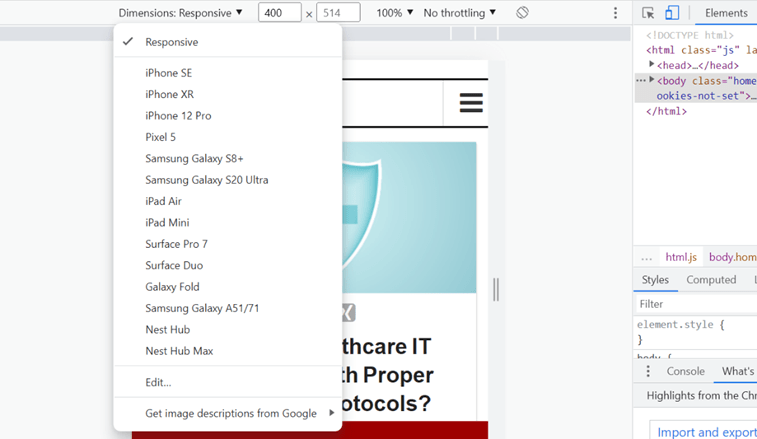
Teams using the Agile technique can better manage their workloads and monitor their productivity and efficiency by using agile project management software.
Agile project management software assists teams in keeping up with shifting priorities, changes in a project, and the consequences those changes have on work that is already in progress because Agile work techniques stress iterative development and continuous improvement.
Whether a team uses Scrum, Kanban, or Extreme Programming, utilizing the appropriate Agile software technology can significantly improve team efficiency while fostering a culture of continuous development.
Teams that do not employ a visual Agile software solution may generally find it difficult to keep up as the “who, what, when, where, and why” of a project become lost in the sea of information.
Wikis, spreadsheets, and list-based project management tools, for instance, are good at storing information and allowing team members to contribute updates, but if documents are not updated frequently or are kept in separate files by individual team members, it simply takes too long to locate the appropriate data and, once found, assess its accuracy.
Agile teams started adopting visual project management tools instead of Agile technologies that do not provide quick project visibility as a result of the excessive time spent on information discovery.
People more rapidly understand a larger amount of information when they see the work rather than read about it.
A project is divided into multiple phases by the Agile methodology, which employs these phases to manage the project. Continuous cooperation with stakeholders and improvement at every stage is necessary.
The waterfall process or methodology, a standard way of product development, website designing, or software development, is familiar to the majority of website designers and developers.
It is carried out in a sequential manner and has a more rigid workflow, which may make it less successful in some circumstances.
Software for managing Agile projects visually enables teams to “see” a project at a glance and enables team members to comprehend the details without spending too much time inside the tool.
Agile project management software has numerous advantages for teams who use it. Agile software helps teams work iteratively while enhancing current procedures by applying agile principles.
The following are some ways that agile project management software benefits teams:
- Project planning and visibility
- Productivity and efficiency tracking
- Tracking bug fixes
- Managing backlogs
Project planning and visibility:
Table of Contents
For every team using Agile, the planning stage of a project is crucial since it establishes the basis for accurate budgeting, resource allocation, team member headcount, and timeframe.
Agile ongoing planning is crucial because it allows teams numerous chances to change expectations.
Teams can address changes as they happen or when new information becomes available that may have an impact on priorities during status meetings or daily standups.
A project’s effort level and the capacity required to complete it can both be impacted by shifting priorities.
Productivity and efficiency tracking:
Within the framework of a project team, it is simple to confuse effort with outcomes. Even after working hard, a team might not be able to produce a finished product or demo.
The reason for this is typical that a team’s productivity and/or efficiency have not been maximized through the usage of productivity and/or efficiency tracking.
Agile teams use advanced tracking to measure key performance indicators like cycle time, cumulative flow, and other metrics that show how well the team is meeting the needs of the customer in order to ensure that teams are operating as efficiently as possible.
Managing backlogs:
A team may be able to record the items in a backlog using a list, but a list does not clearly indicate who would perform the work or whether it is connected to already-in-progress work.
Agile teams can see a realistic image of their work by using a visual backlog management system, which enables them to forecast incoming workloads and assign resources accordingly.
– November 26, 2022 – 157 Views






